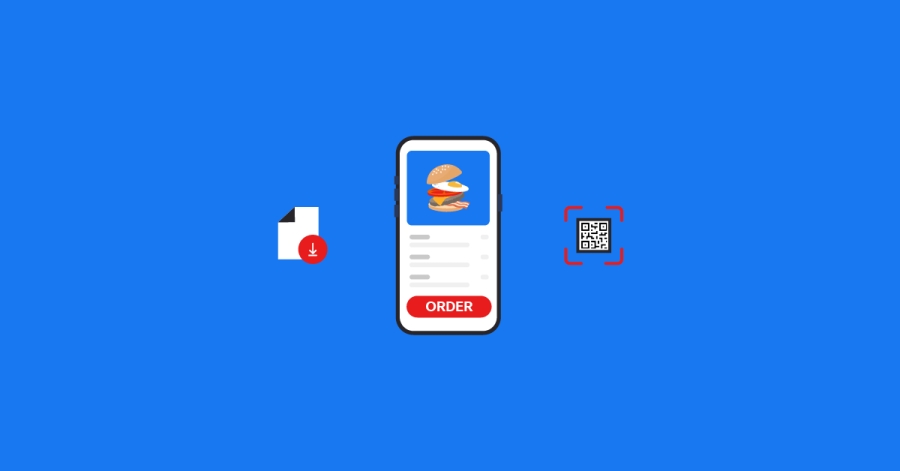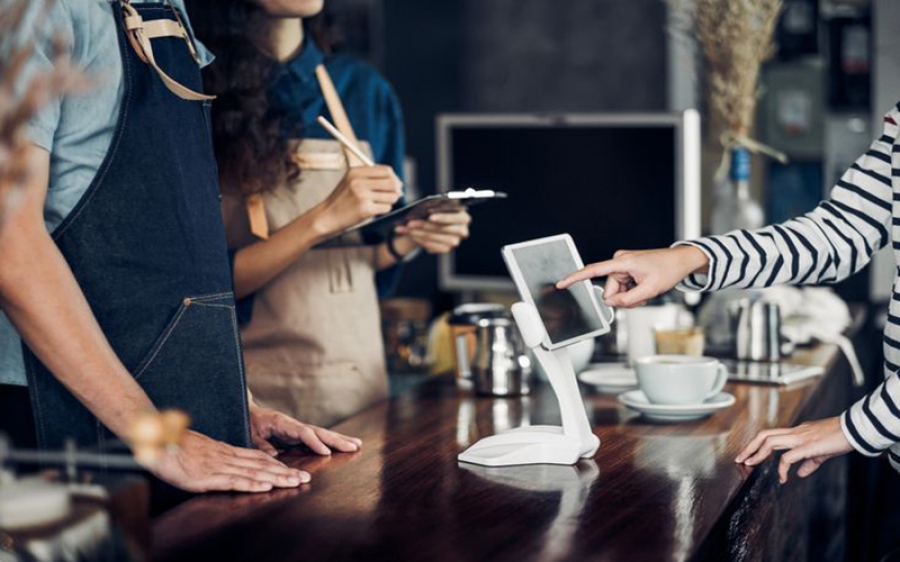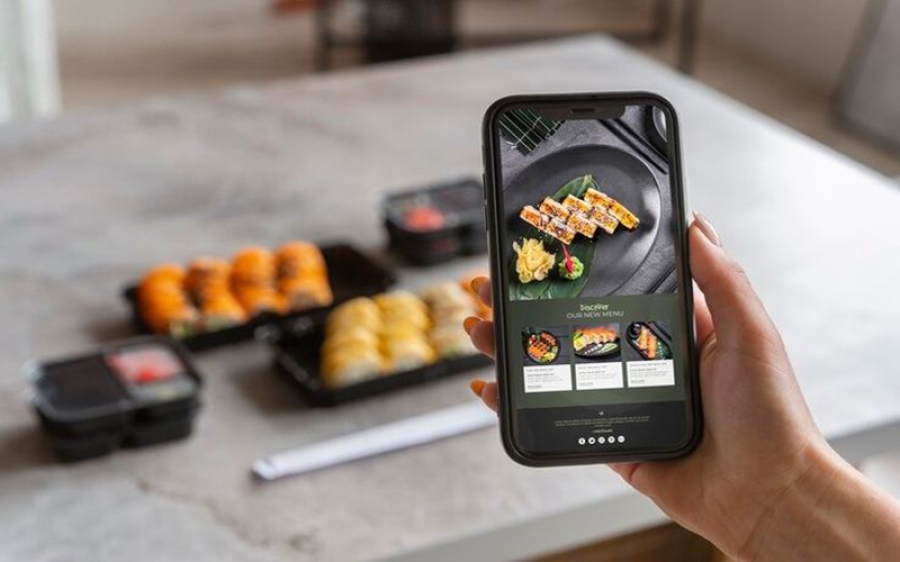Digitalizing Restaurant Menus with Augmented Reality QR
Digitalizing restaurant menus with Augmented Reality (AR) QR codes is a cutting-edge approach that offers a multitude of benefits for both restaurants and their customers. Here's a detailed look at how AR QR codes are transforming the dining experience and the industry as a whole:
Enhancing the Dining Experience
3D Visualization of Dishes: AR QR codes allow diners to visualize menu items in 3D before ordering, providing a photorealistic representation of dishes. This interactive experience encourages diners to try new dishes, enhancing the overall dining experience
Immersive and Engaging: AR can revolutionize the dining experience by offering an immersive way to explore menu items. Customers can see 3D representations of dishes, understand their size and quantity, and even explore ingredients, making the dining experience more engaging and appealing
Interactive Menus: Interactive AR menus replace traditional paper menus, offering an informative menu with 3D models instead of pictures. This allows customers to see the food in its actual form and size, significantly improving their interaction with the dishes. It also allows for the inclusion of videos of the cooking process or other information, making the dining experience more interactive and engaging
Operational and Marketing Benefits
Personalized Dining Experiences: AR QR codes can offer personalized dining experiences by catering to individual preferences, dietary restrictions, and allergens. Customers can access customized information about the ingredients and nutritional content of the dishes they're considering
Boosting Customer Engagement and Loyalty: AR QR codes can be incorporated into promotional campaigns or loyalty programs, offering customers access to exclusive AR content, discounts, or rewards. This approach can help increase customer retention and encourage repeat visits
Staff Training and Development: AR QR codes can be an effective tool for staff training and development. Staff members can access interactive 3D models of dishes, drinks, or equipment, helping them learn how to assemble and present menu items. This technology can also be used to demonstrate proper cleaning and maintenance procedures for restaurant equipment
Contactless Dining and Health and Safety
Contactless Dining: In a post-pandemic world, contactless dining has become increasingly important. AR QR codes can help restaurants adapt by offering contactless menu browsing and ordering. Customers can simply scan the AR code to view the menu and place their order, minimizing contact with physical menus and other touchpoints
Pros of QR Codes in Restaurants:
Enhanced Safety and Hygiene:
QR codes allow diners to access menus, place orders, and pay bills without interacting with waitstaff.
Reduced physical contact helps minimize the spread of germs, especially during the pandemic.
Cost-Effective Updates:
Traditional paper menus require frequent printing and replacement.
QR code menus can be updated in real-time without additional expenses, saving money on printing costs
Efficiency and Convenience:
Diners can browse menus and place orders directly from their phones.
Interactive contactless mobile ordering systems eliminate the need for server interaction.
Cons of QR Codes in Restaurants:
Accessibility Challenges:
QR menus can exclude individuals who do not have smartphones or have visual or dexterity impairments.
Not everyone can easily scan QR codes, limiting inclusivity
Risk of Data Sharing:
Scanning QR codes may involve sharing personal data or connecting to external websites.
Privacy concerns arise if data is mishandled.
Security Breaches:
Malicious QR codes can lead to phishing attacks or malware downloads.
Restaurants must ensure the security of the codes they use.
Conclusion
The integration of AR QR codes in restaurant menus is not just a novelty but a strategic move to stay ahead of the curve and attract a new generation of diners. By embracing this technology, restaurants can create unforgettable dining experiences, streamline operations, boost customer engagement, and ensure health and safety measures are met. As AR technology becomes more integrated into our daily lives, the adoption of AR QR codes in restaurants is expected to grow, reshaping the dining experience and the restaurant industry as a whole 1








